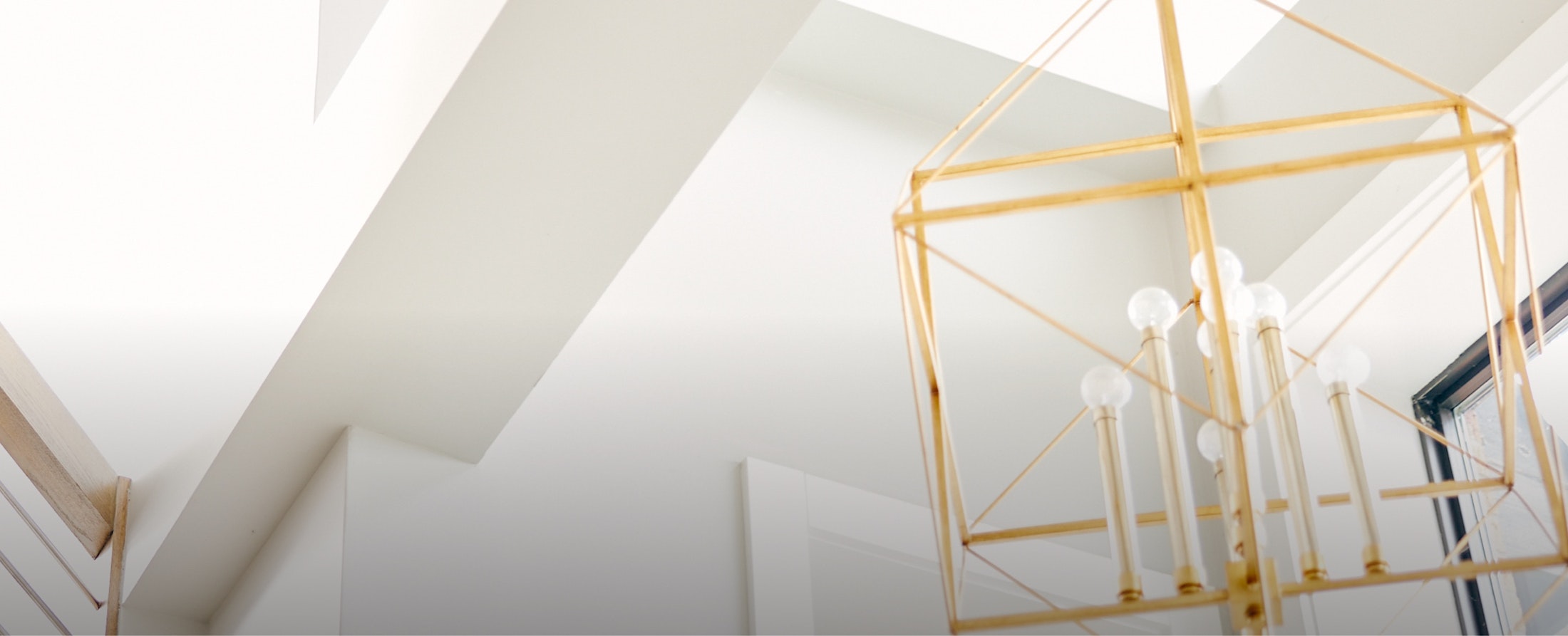Facelift techniques have evolved over time. In the 1970s, a traditional facelift simply involved removing excess skin, producing results that looked tight, pulled, and unnatural.
What is the Deep Plane?
The deep plane, as opposed to a traditional facelift, refers to the space situated between the SMAS layer and the facial muscles. The facial anatomy comprises several layers, encompassing the skin, subcutaneous fat, the SMAS layer, facial muscles, the lining of facial bones, and the bones themselves. This intricate procedure targets the deep plane layer, releasing ligaments to facilitate the repositioning of cheek fat to its youthful location. Consequently, this effectively diminishes deep smile lines, alleviates under-eye hollows, and restores refined definition to the jawline. The outcomes of this approach are notably striking, characterized by a fresh, natural, and beautiful appearance. Moreover, this surgical technique offers an added advantage: its results have longer-lasting effects, significantly reducing the likelihood of requiring revision surgery.















